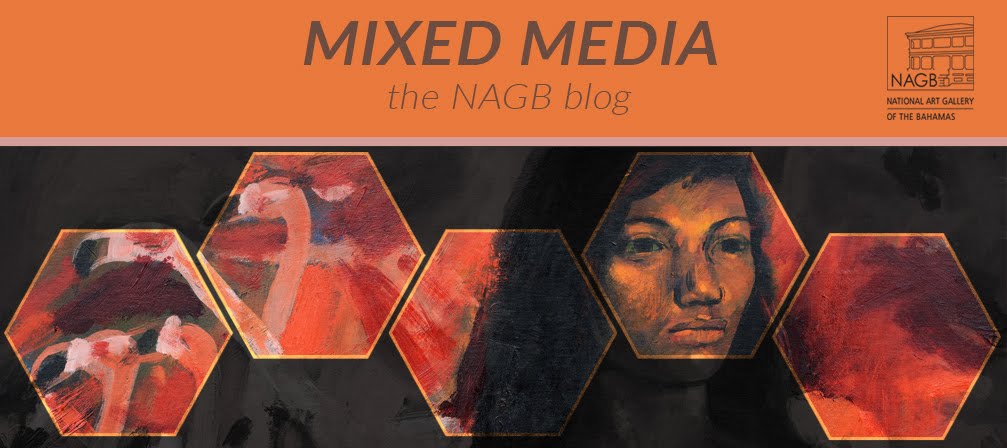The idea of the apocalypse has been around for a long time. In most religious ideology the term refers to an end of time the end of the world. End of days and everything that is, will cease to exist. Universally the apocalypse spells doom and gloom for the extinction of mankind and the world as we know it, historically however this should have happened may times over.
In modern society this idea is being less recognized as a possible factual prediction for the mankind’s future but rather as term or a metaphor to describe a change or transformation; an age of enlightenment. How this is interpreted is based on the individual’s ideology, religious beliefs, environment, knowledge and perceptions of truth.
Lillian Blades installation,
Mystic Veil, indicates such ideas of revealing the hidden. Lillian work represents a barrier, which can obscure the viewer or present a revelation. Shifting perspectives as the viewer walks through the assemblage both sides of the veil reveal the known and unknown. In Jonathan Bethel’s painting the unknown is in the distance. The storm represents an impending apocalypse in lurking in the dark, of what is to come. In another perspective it is post-apocalyptic and now everything is calm, the worst is over.
 What A Maggot Calls The End Of The World The Master Calls A Fly by Christina Darville
What A Maggot Calls The End Of The World The Master Calls A Fly by Christina Darville
In similar fashion Christina Darville’s installation,
What A Maggot Calls The End Of The World The Master Calls A Fly, hints to the same ideas. The event after the apocalypse; a new beginning. However in works such as Del Foxton’s piece,
Kingdom Come ... Moving into the Light, the artist describes the event as a time of possible enlightenment. Instead we move around in circles making the same mistakes and are the architectures of our own demise. But the work is still hopeful that mankind can find their way.
 Kingdom Come ... Moving into the Light by Del Foxton
Kingdom Come ... Moving into the Light by Del Foxton
Other artists such as Jessica Colebrooke and Allan Wallace discuss the coming of the Kingdom from a literal and religious perspective. Wallace’s painting depicts the heavens opening up and the return of the lord in the end of days.
 Thy Will Be Done by Jessica Colebrooke
Thy Will Be Done by Jessica Colebrooke
In the video installation by Jackson Petit,
Progress: Under Construction, Petit presents the idea in a real world practicality, where we move through this existence unaware of the impacts we impose on the environment, each other and nature. An impending darkness lies beneath the surface of the video and we feel uneasy and the video reveals many things about the society’s negligence and unwillingness to discuss particular matters.
 Progress: Under Construction by Jackson Petit
Progress: Under Construction by Jackson Petit
The works in the NE6 are vast and diverse and the depiction of the theme by many of the artists is quite unexpected and revealing. In this section of the exhibition the artists discuss the theme both personally and in a social context; both subjectively and objectively.
-JP
National Exhibition (NE) 6: Kingdom Come is currently on display in T1 and T2.














